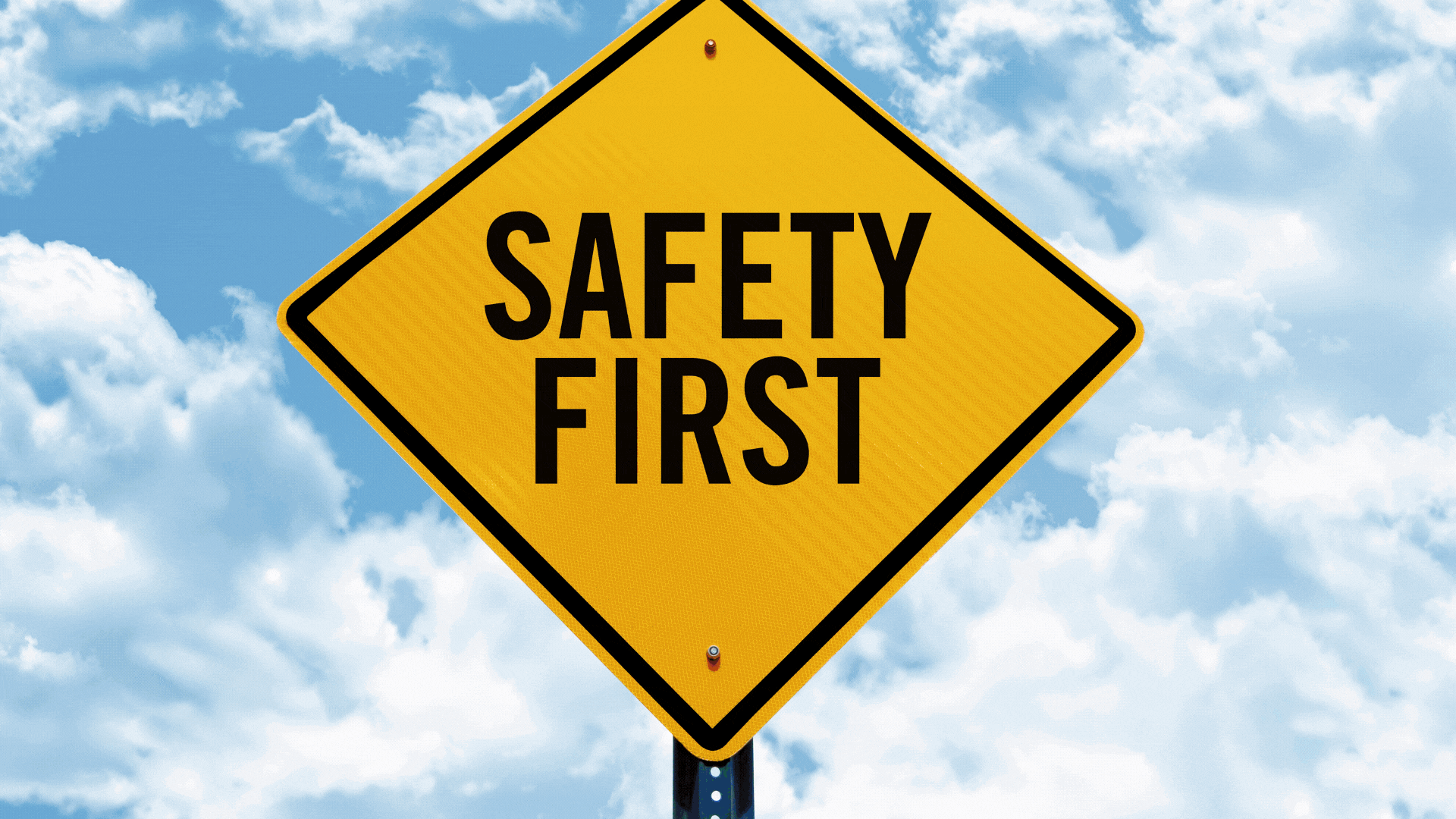Garage door installation is a crucial aspect of building or renovating any residential or commercial space. While it’s often considered a job for professionals, many experienced garage door fitters can undertake the task themselves with the right guidance and tools. In this comprehensive guide, we’ll walk through the step-by-step process of compact garage door installation, providing tips and insights tailored for professionals in the field.
Step 1: Planning and Preparation
Before diving into the installation process, thorough planning is essential. Here’s what you need to consider:
- Assess the type of garage door needed based on the structure and requirements of the space.
- Consider the architectural style of the building.
- Determine whether you need an insulated or non-insulated door.
- Measure the dimensions of the garage opening accurately.
- Check the headroom (space above the opening).
- Think about the frequency of use and the durability needed.
- Choose the appropriate materials and tools for the installation.
- Ensure you have sufficient help for lifting and manoeuvring the heavy components.
- Clear the workspace of any obstacles and debris.
Step 2: Gather the Necessary Tools and Materials
Having the right tools and materials at hand will streamline the installation process. Some essential items include:
- Garage door components
- Main remote control and receiver for door settings
- Any accessories ordered like a battery backup for example
- Rollers, hinges, and brackets
- Electric screwdriver or drill
- Level, tape measure, and wrench set
- Safety equipment such as gloves and safety glasses
Step 3: Installation Process
First, we will begin with the measurements – based on the fitting type you will have to measure either behind the opening, in front of the opening or between the opening. You should have in mind the size of the guides as well. In our case from the video, it’s 65mm wide and the box is 205mm. Double-check these measurements to guarantee a proper fit.
Begin by drilling and fixing the guides in place according to your measurements. Drill holes into the brickwork and fix them with fittings appropriate to the material.
Securely fasten the guides in place ensuring they align precisely with your earlier measurements.
Walk the guides and the door box against the wall. Keep in mind that two people are recommended for safety.
Gently raise the roller door into the waiting guides. The sensation of smooth effortless motion is what we are aiming so take your time to ensure it glides gracefully into position.
The next phase is levelling and securing the door. It’s essential to achieve a flawless alignment. This may involve some meticulous adjustments. Use a laser or spirit level to align the door precisely and then secure it with appropriate fixings.
Delve into the wiring process following the manufacturer’s instructions meticulously.
In our case, we are also installing a battery backup system.
Setting the travel limits for your door is equally crucial as it ensures your new installation will operate precisely as you desire. Select the channel you want to program. Press the up and down buttons simultaneously until the door moves up and down. Press the down button and if the door moves up hold “my” button to change direction. Press and hold the down button until the door sits snugly and the panels are tight together.Release. Then press the up and “my” buttons together. The door starts rolling up. Stop it by pressing the “my” button. Find the upper limit by pressing the up button until only one lath can be seen. Save the upper limit by pressing the down and “my” button together. The door will start rolling down. Stop it by pressing the “my” button. Then press and hold the “my” button until the door moves up and down. Turn the controller around and press the button on the back to store your settings. The door will move up and down again.
Please check our previous blog post about how to order from us in a simple way .
Step 4: Safety Precautions
- Always prioritise safety throughout the installation process, using proper protective gear and following safety guidelines.
- Follow all safety guidelines provided by the manufacturer and local regulations.
- Ensure that all tools and equipment are in good working condition.
- Be cautious when handling heavy components and working at heights.
- Use ladders or scaffolding that are stable and in good condition. Secure ladders at the top and bottom to prevent slipping.
- Ensure that the garage door opener is properly installed and equipped with safety features such as auto-reverse functionality.
Step 5: Troubleshooting and FAQ
Even with meticulous planning and skilled execution, it’s not uncommon for issues to arise during garage door installations. That’s why having a robust troubleshooting framework and a comprehensive FAQ section is invaluable. Anticipating common questions and potential challenges allows installation teams to proactively address concerns and resolve issues efficiently. Whether it’s troubleshooting a misaligned track or addressing customer queries about maintenance schedules, having clear protocols in place ensures a smooth and seamless experience for both installers and customers. By providing answers to frequently asked questions upfront and offering timely support for troubleshooting, installation companies can enhance customer satisfaction and build trust in their services. Additionally, maintaining a database of troubleshooting tips and solutions allows teams to continuously refine their processes and improve the overall quality of their installations.
Common pitfalls:
- Incorrect Measurements: Failing to measure the opening accurately can lead to issues with fitting the door properly. Measure both the width and height of the opening at multiple points to ensure accuracy.
- Uneven Surfaces: If the floor or walls of the garage are uneven, it can cause problems with the door’s alignment. Ensure that the mounting brackets are securely attached to a level surface.
- Insufficient Headroom or Sideroom: Check the manufacturer’s recommendations for required headroom and sideroom. Lack of adequate space can prevent the door from operating smoothly.
- Misalignment During Installation: Improper alignment of tracks, rollers, or brackets can result in the door getting stuck or operating noisily. Take your time to ensure everything is aligned correctly during installation.
- Failure to Secure Hardware: Forgetting to tighten screws, bolts, or other hardware properly can lead to the door becoming loose or falling off track over time.
Troubleshooting:
- Door Doesn’t Close Properly: Check for any obstructions in the tracks or around the door. Adjust the closing force settings on the opener if necessary.
- Door Is Noisy During Operation: Check that the tracks are levelled, and the frame is levelled and fitted to the highest standards. Tighten any loose hardware that may be causing rattling or vibration. If still any issue call our technical team for support.
- Door Is Uneven or Off Track: Inspect the tracks and rollers for any signs of damage or misalignment. Adjust the track alignment or replace damaged components as needed.
- Remote Control Isn’t Working: Replace the batteries in the remote control and ensure it’s programmed correctly. If the issue persists, check for interference from nearby electronics or consider replacing the remote.
- Door Reverses Before Closing: Adjust the opener’s sensitivity settings to ensure it detects obstacles properly. Clean the safety sensors and ensure they’re properly aligned.
- Weather Stripping is Damaged: Replace worn or damaged weather stripping to prevent drafts, water leaks, and pests from entering the garage.
Step 6: Final Checks and Maintenance
- Conduct a final inspection of the installed garage door, addressing any issues or discrepancies.
- Provide the client with comprehensive instructions for operating and maintaining their new garage door.
- Encourage regular maintenance checks to ensure the door’s longevity and optimal performance.
With careful planning, proper tools, and attention to detail, garage door fitters and professionals can successfully undertake DIY garage door installation projects. By following the steps outlined in this guide and adhering to safety protocols, professionals can deliver high-quality results while saving time and money for themselves and their clients. However, it’s essential to recognise the limitations of DIY installation and seek professional assistance for complex or specialised projects to ensure safety and efficacy.





